Jerusalem seems to have been on the news my whole life.
Like many people I grew up believing that the Arabs and Jews had been fighting each other forever.
This is not true. In fact, the Middle East conflict is less than a century old.
Jerusalem’s name is supposed to mean ‘peace’ but it doesn’t. Even if it did, it would not be a very suitable name. Jerusalem has been totally destroyed three times, besieged 23 times, attacked 52 times, and captured and recaptured 44 times.
There has been a settlement where it stands since the Bronze Age. Jerusalem probably derives from the Sumerian: ‘Yeru’ meaning ‘settlement’ and ‘Shalem’, one of the many gods of the Canaanite religion (the goddess of the dawn - Venus.)
It seems ironic that the focus of so much enmity between three male monotheistic religions may have been named after a pagan goddess who was part of a pantheon.
In the time of Joshua, Jerusalem lay within a territory allocated to the tribe of Benjamin. It was conquered by David in around 1000BC, when it became the City of David, part of the kingdom of Israel. King David was then succeeded by his son Solomon, who built the first Temple.
Around 586 BCE, the Babylonians conquered Judah and razed Jerusalem. But fifty years later the Persian Cyrus the Great invited the Jews to return and rebuild their Temple.
There then came a succession of invaders; Alexander the Great, Ptolemy I of Egypt, then the Seleucids. The Maccabean revolt re-established the Hebrew Hasmonean Kingdom in 152 BCE with Jerusalem again as its capital.
But then came the Romans. Another rebellion against their rule resulted in the destruction of the Second Temple in 70 CE. After the Bar Kokhba revolt was again ruthlessly suppressed in 135 AD Emperor Hadrian renamed the city Aelia Capitolina and banned the Jews from entering it again on pain of death.
It was only in fact after the Arab conquest of the city in 634 that the Jews were finally allowed back into David’s city. Caliph Umar ibn al-Khattab signed a treaty assuring that Jerusalem’s Christian holy places and population would also be protected under Muslim rule.
But in 1099, Jerusalem was conquered by the Crusaders, who were not as forbearing; they massacred most of its Muslim and Jewish inhabitants, leaving the city desolate. In 1187, the city was wrested back by Saladin who again permitted Jews and Muslims to return. Only the Christian Franks were expelled - the Eastern Christian populace was permitted to stay.
In 1244, Jerusalem was sacked by the Mongol horde, and the Jews and Christians were again driven out. Three years later the Tatars were themselves replaced by the Egyptian Mamluks.
Next to invade the city were the Ottoman Turks; but this time the arrival of Suleiman the Magnificent’s armies heralded a rare four centuries of peace.
By 1845 the population of the city was around 16,410; 7,120 Jews, 5,000 Muslims, 3,390 Christians, 800 Turkish soldiers and 100 Europeans, though the number of Christian pilgrims doubled the population around Easter time.
But World War One, the collapse of the Ottoman Empire and the growing Zionist movement in Europe foreshadowed a cataclysm for the land where the idea of Armageddon was born.
The 1917 Balfour declaration led to a declaration by the victorious powers, predominantly Great Britain and France, that a homeland for the Jewish people should be created in Palestine.
These arrangements led to a ‘radicalization’ of the Arab world. Then came the nightmare of the Holocaust; civil war was inevitable when the British withdrew from the Mandate in 1947.
Many years later, I interviewed a nurse called Rivca Weingarten who survived the siege of Jerusalem in 1948. She told me she had grown up in the same house in the Old Quarter where her family had lived for 367 years. ‘There were Muslims, Christians, Armenians in my street,’ she told me. ‘We all knew each other, we went to school with each other. We got along fine. It wasn’t us who made the war. People brought it in from outside.’
When the siege ended, she was taken prisoner by the Arab legion. When she finally returned to the old city after the 1967 war, she found the Jordanians had torn down the Weingarten house.
A few days later I met a young Palestinian woman in Amman who showed me the deeds to her family’s house in Jaffa, dating back to the early thirties. Her grandfather was forced out of his house in the same war in which Rivca’s family lost hers. She lives in Jordan now.
The Tel Aviv Sheraton is built on the land her grandfather once owned.
Historically then, it’s hard to see this as a religious war; more realistically, it was manipulated into one. After all, it was rich Arabs who sold Jews the land that gave them a foothold in Palestine.
The Haredi in Israel seem to share more of their attitudes with radical Islamists than with moderate Jews; and what to make of the regular fistfights inside the Church of the Holy Sepulchre between the three factions of monks who caretake Christianity’s holiest site?
It seems there is no love lost anywhere in this tormented city.
So the next time you hear the words ‘peace process’ on the news, don’t think it’s actually a process with an ending in sight, unless you know how to unmake an omelette and give everyone back their original eggs.
Nor should you assume the battle for Jerusalem has anything to do with religion; Arabs, Jews and Christians have often co-existed peacefully within its boundaries.
And if you’re looking for the good guys and the bad guys, look on both sides.
As you can see from this brief history of the world’s holiest city, it pays to think twice when someone says they’re fighting for God. It’s more likely they’re fighting over what people have always fought over; politics, power and land.
“From the snow-hushed winter streets of Nazi Bavaria, to the burned hills of Palestine, from the Alte Post to the Dome of the Rock, romance and terror collide in a novel of forbidden loves and ancient hatreds.
This is the first book in the Jerusalem series, charting the birth of modern Israel in just fifteen tumultuous years. It is the story behind the scenes that you see every night on the evening news.”



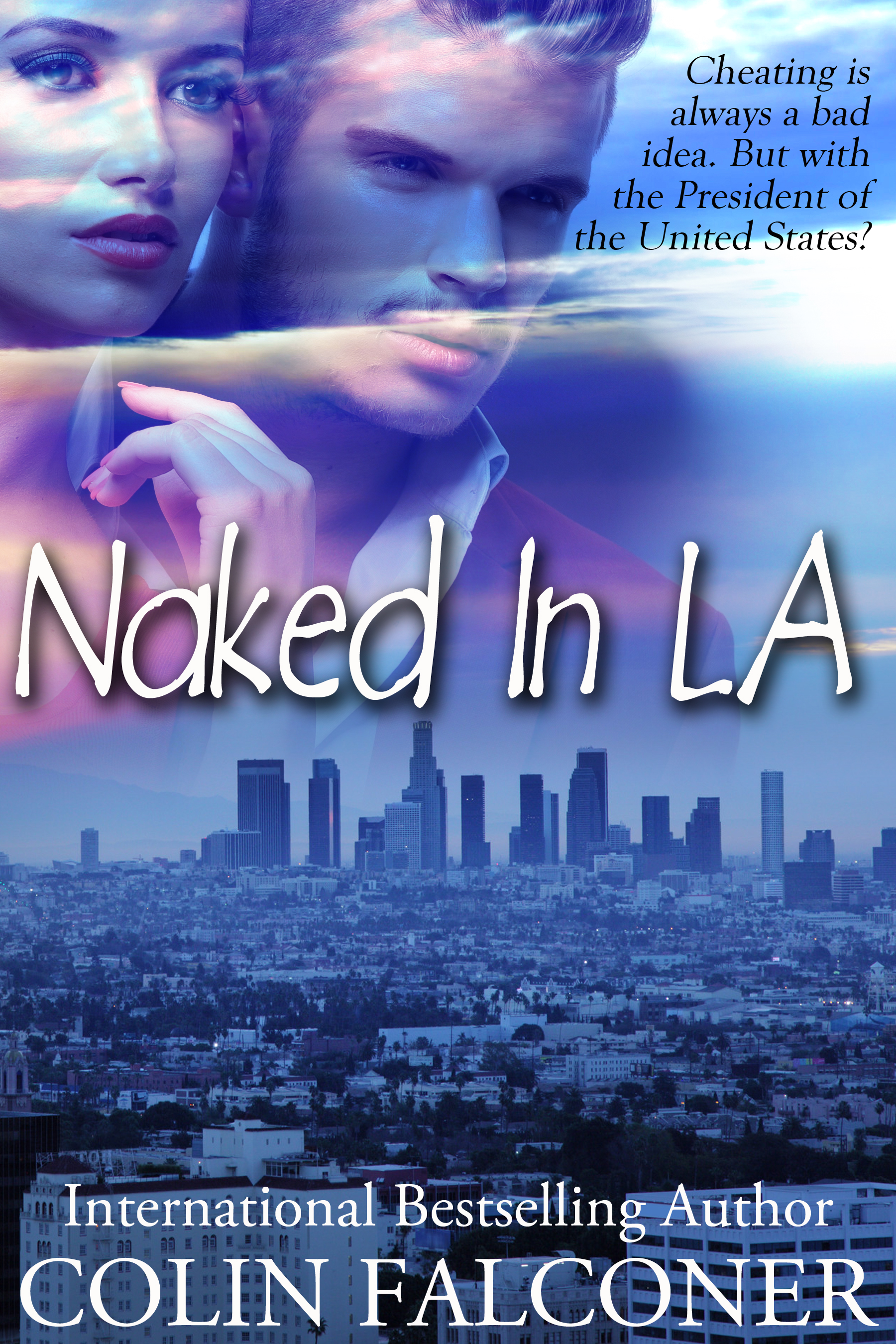

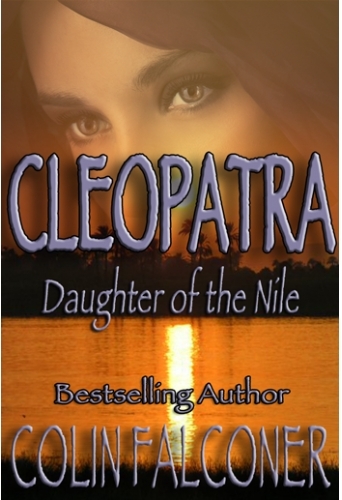
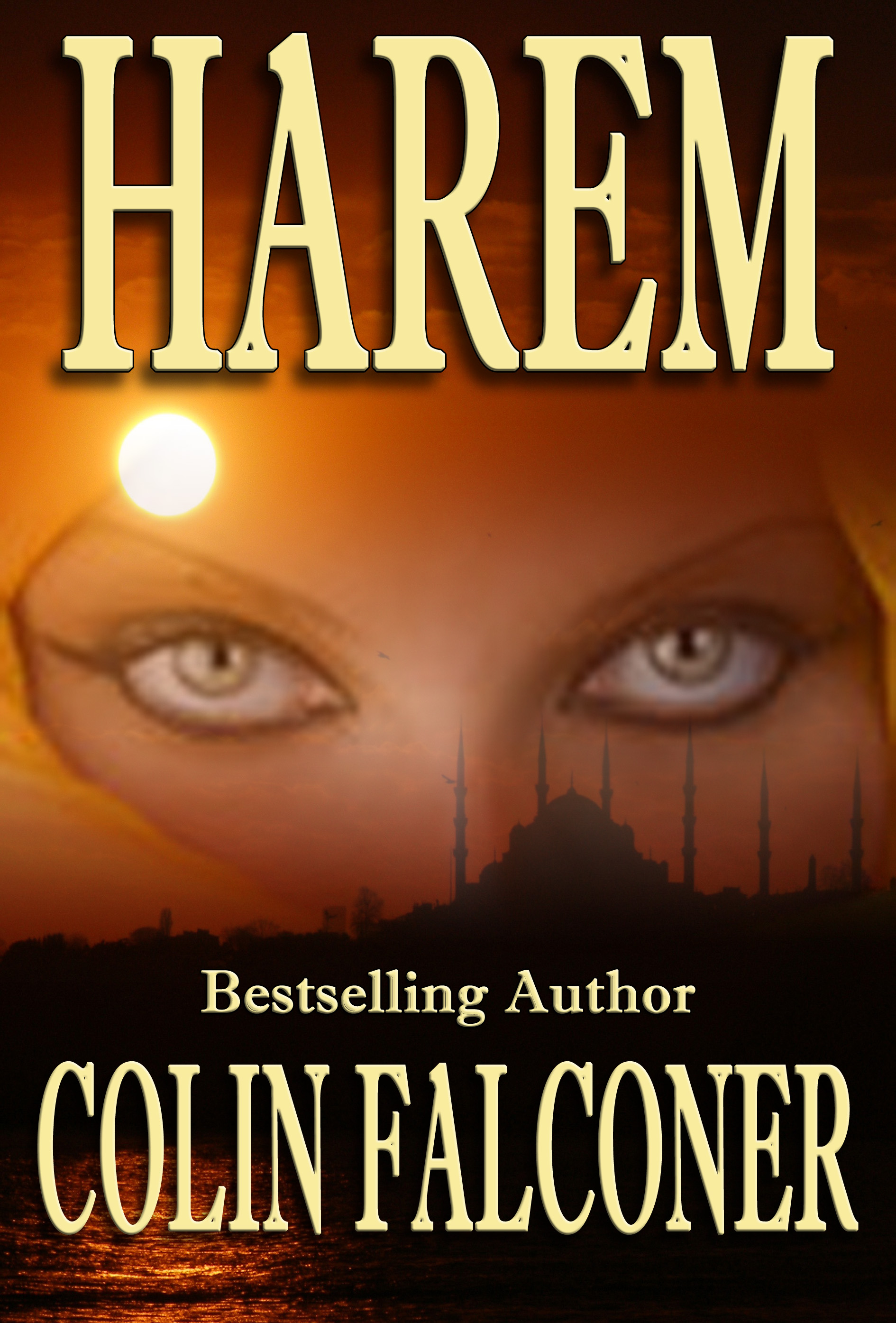
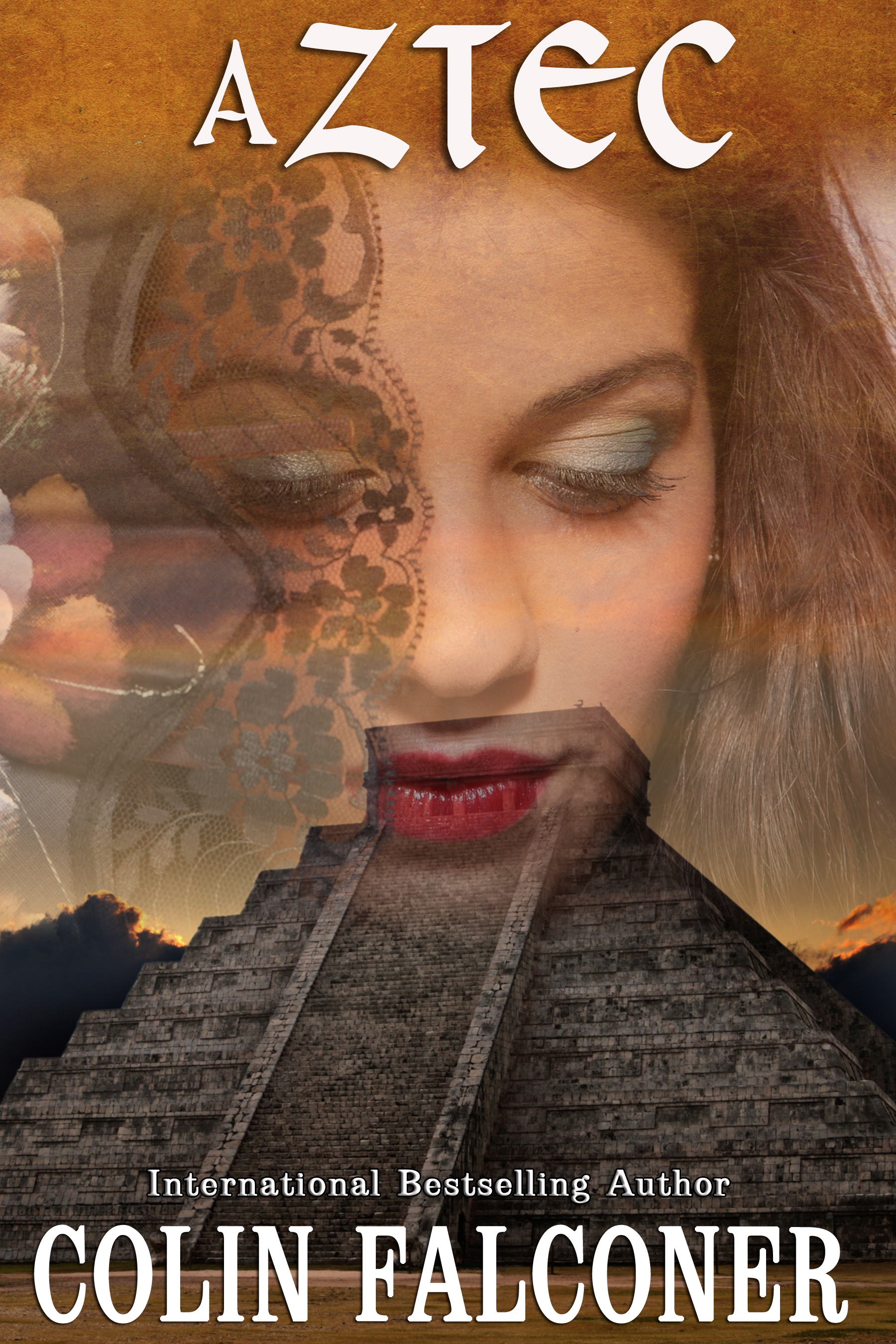

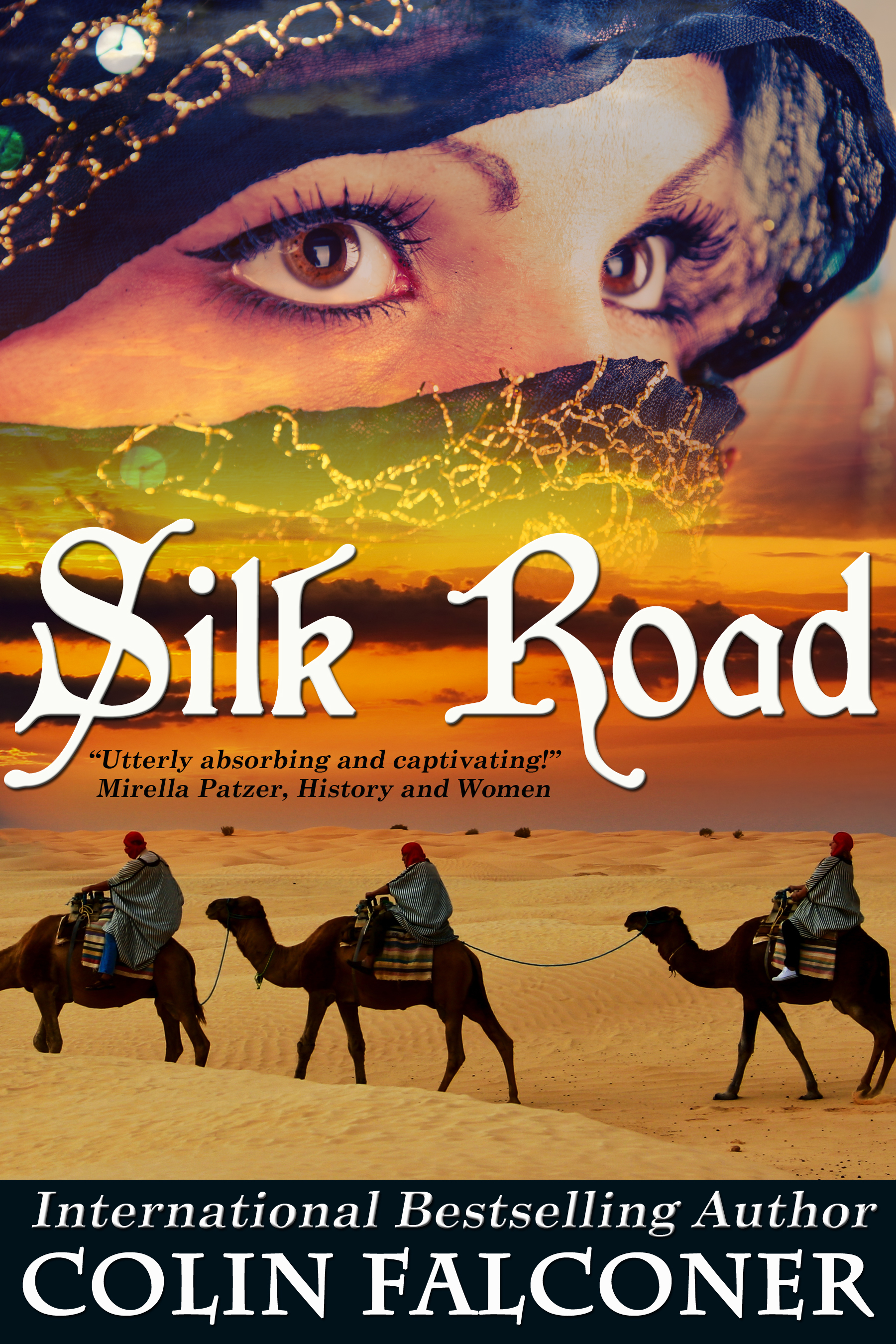

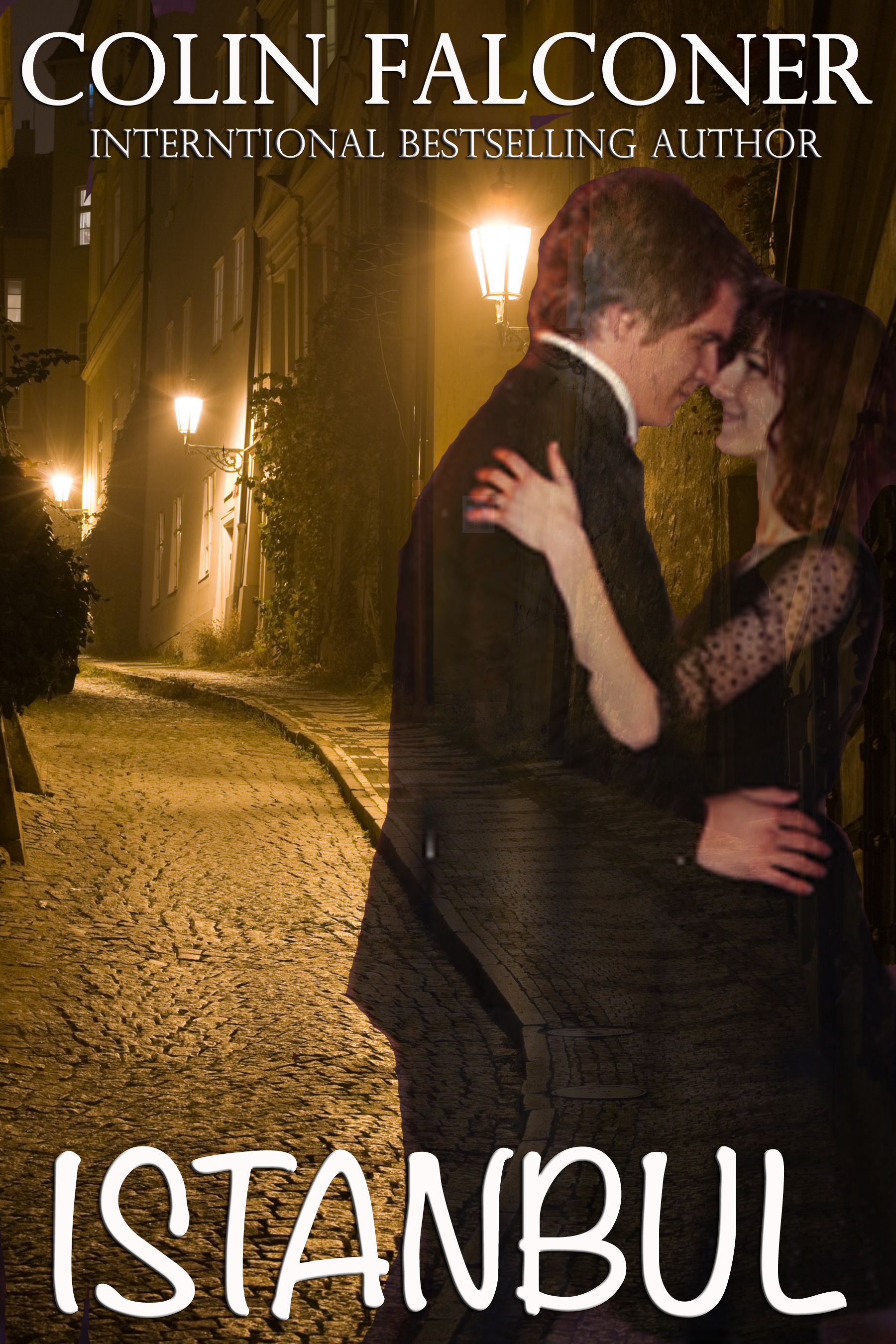
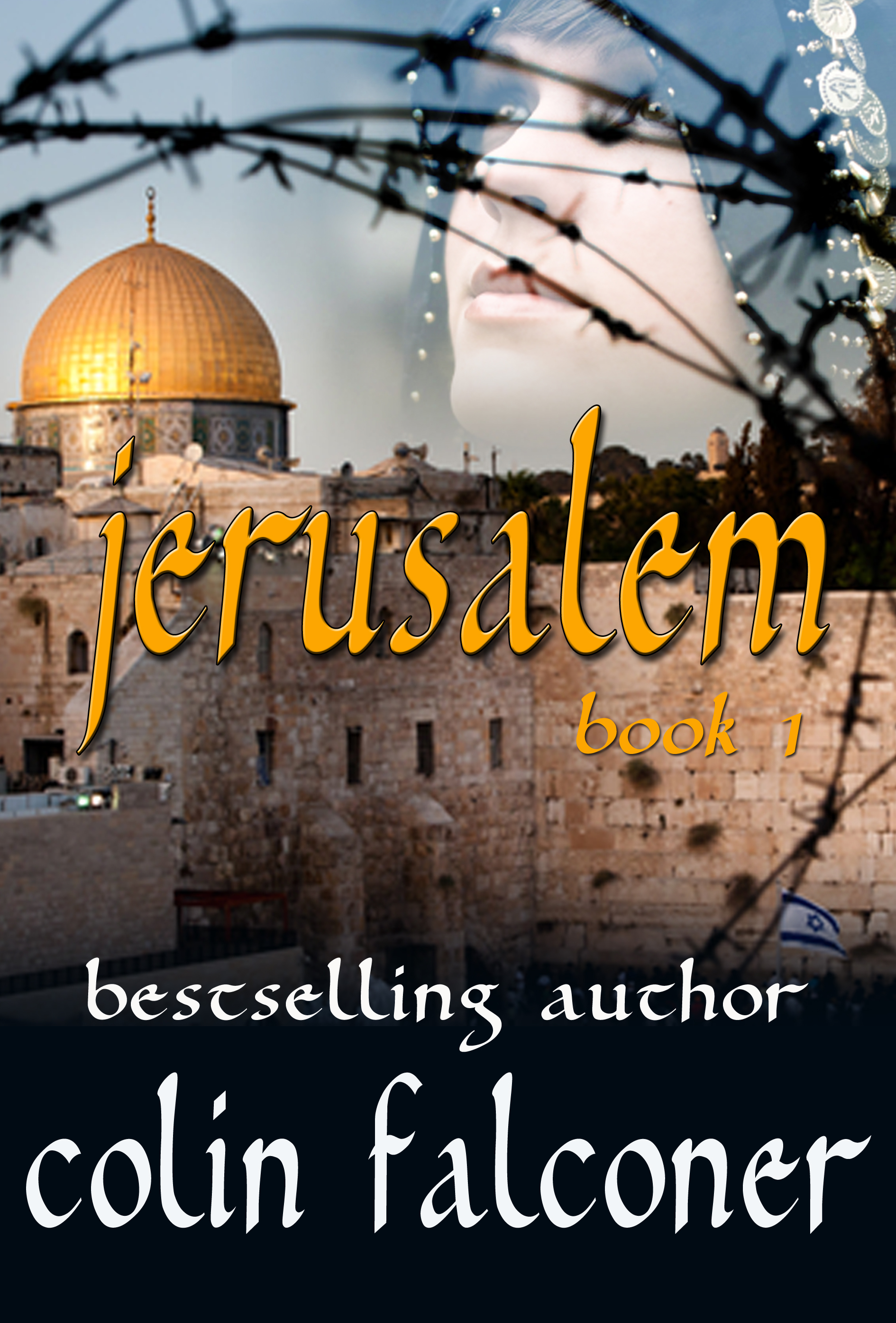
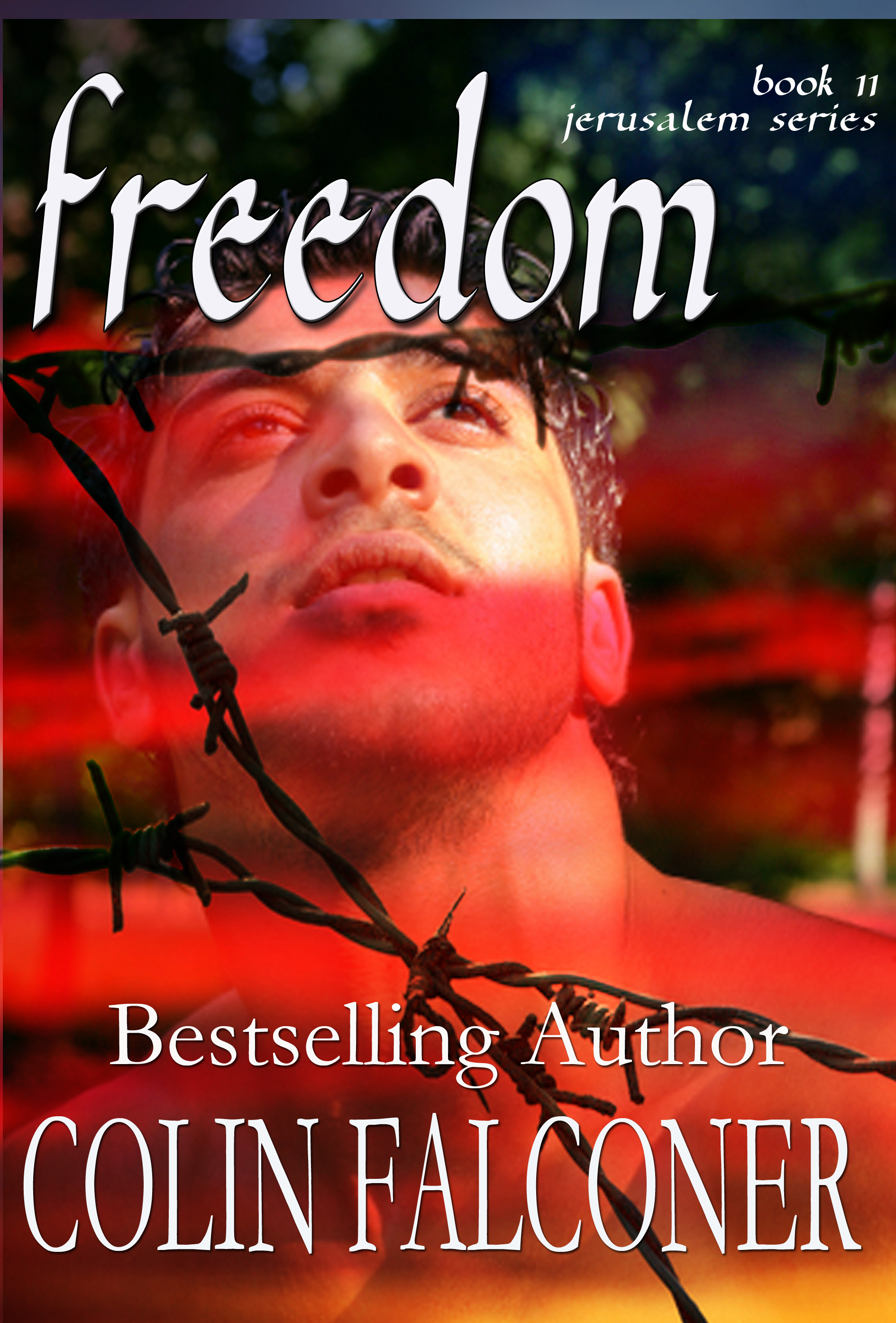
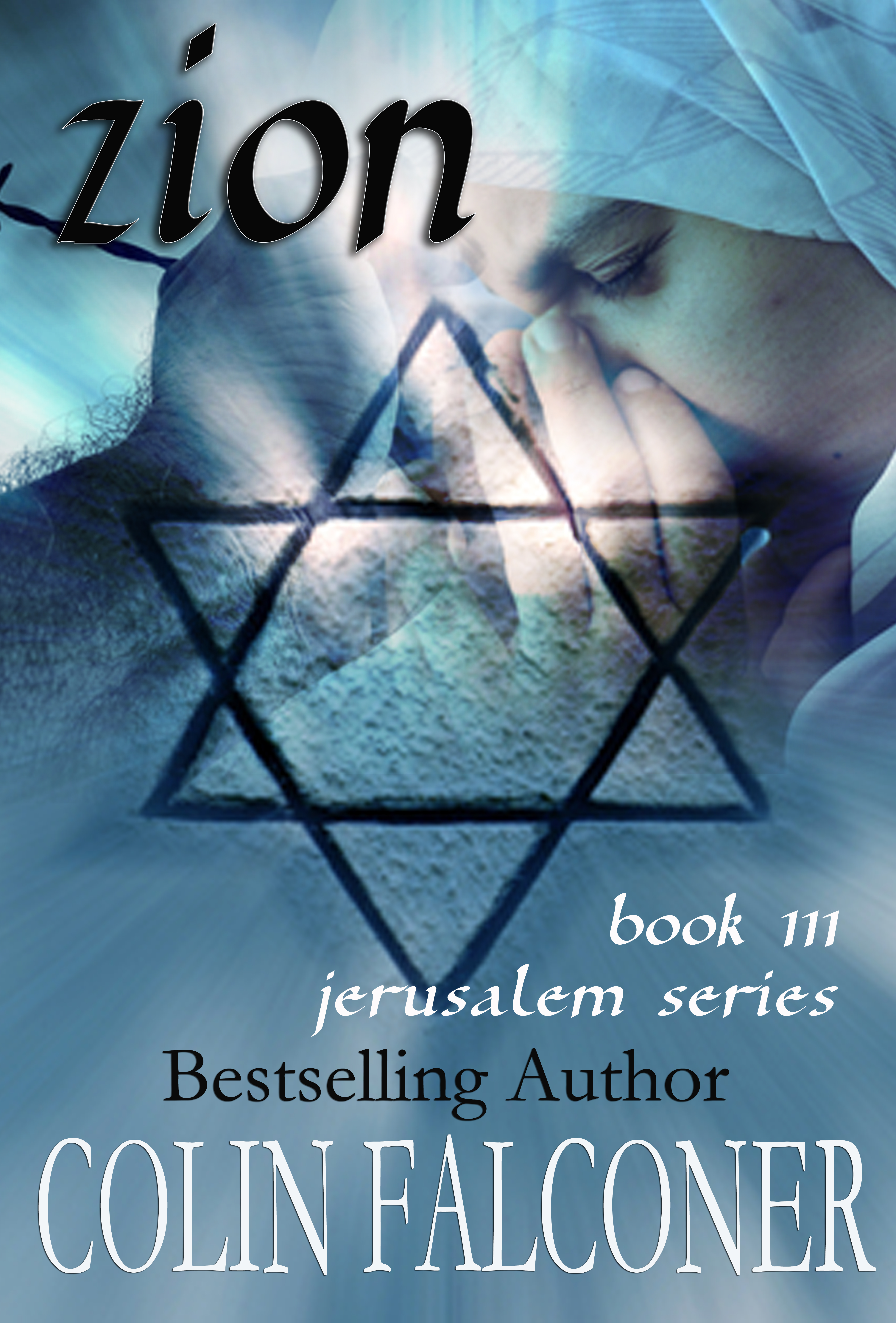

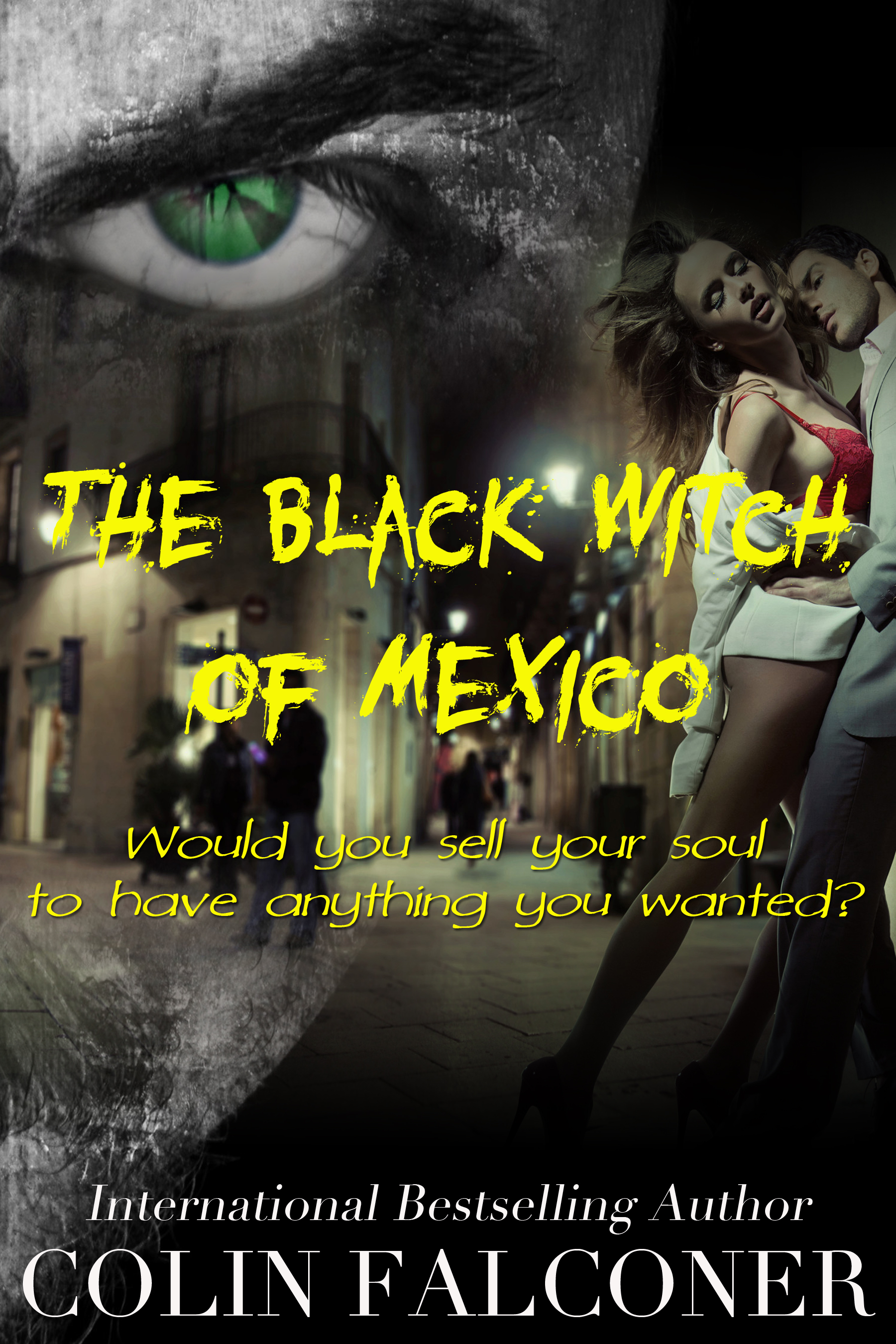
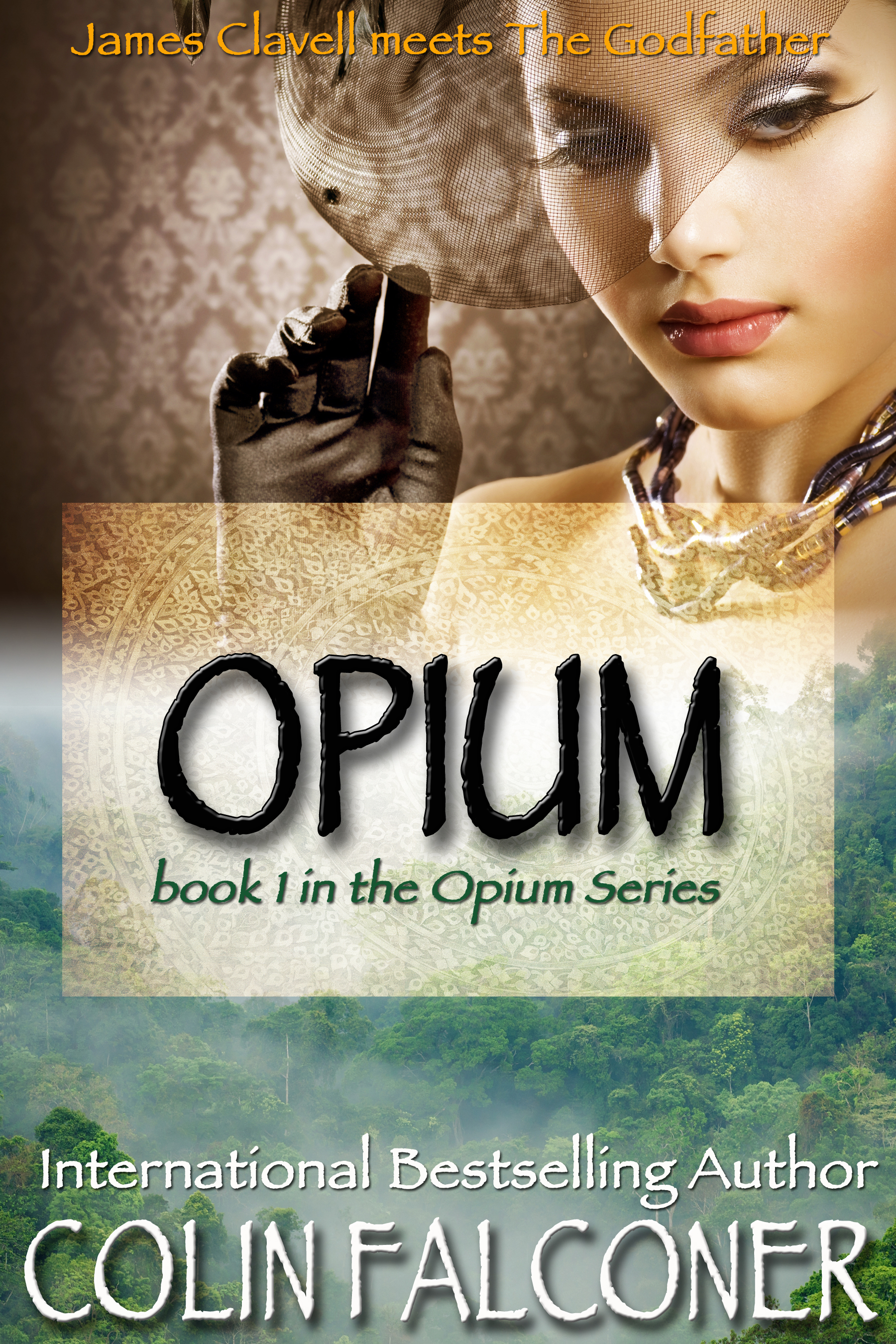

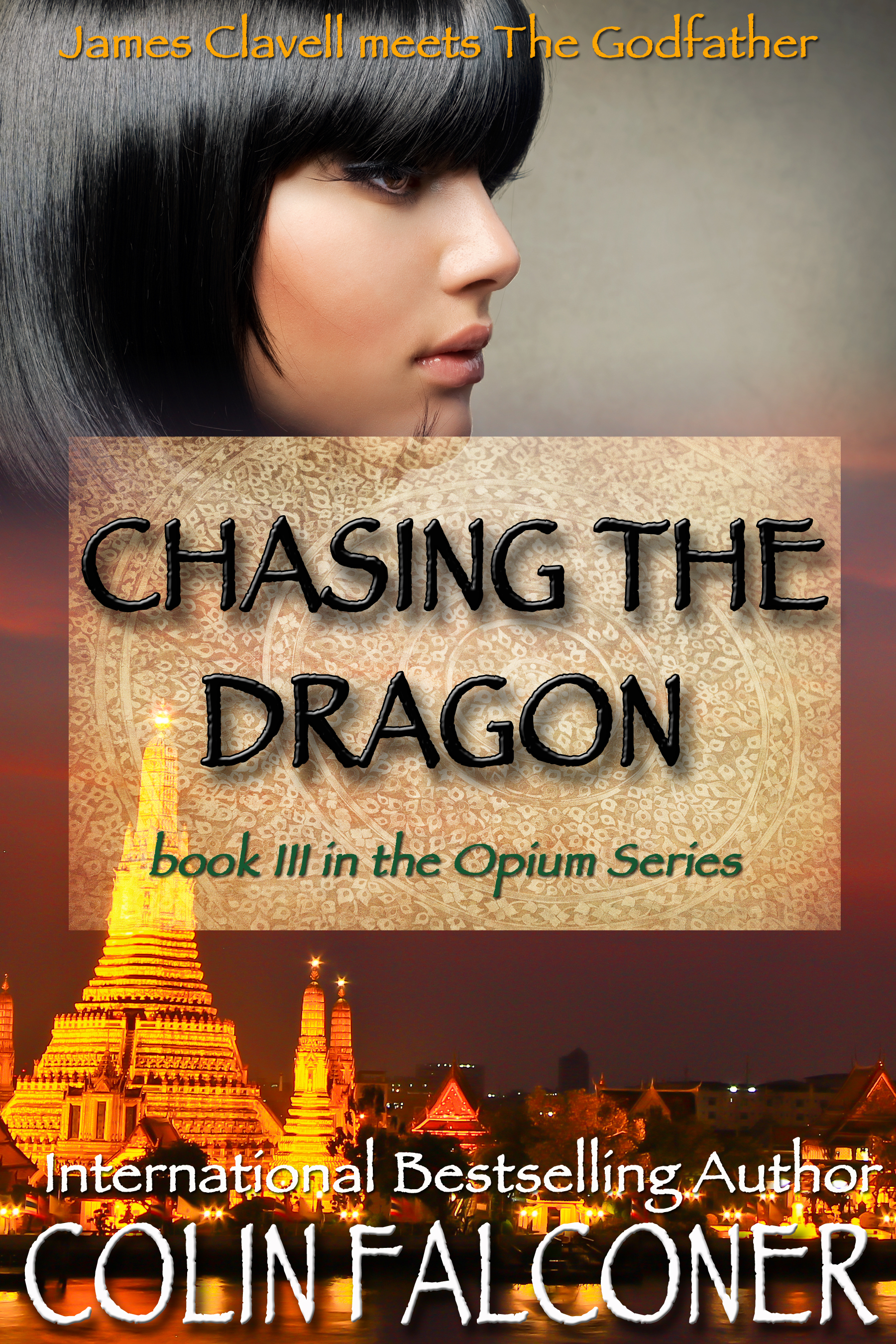
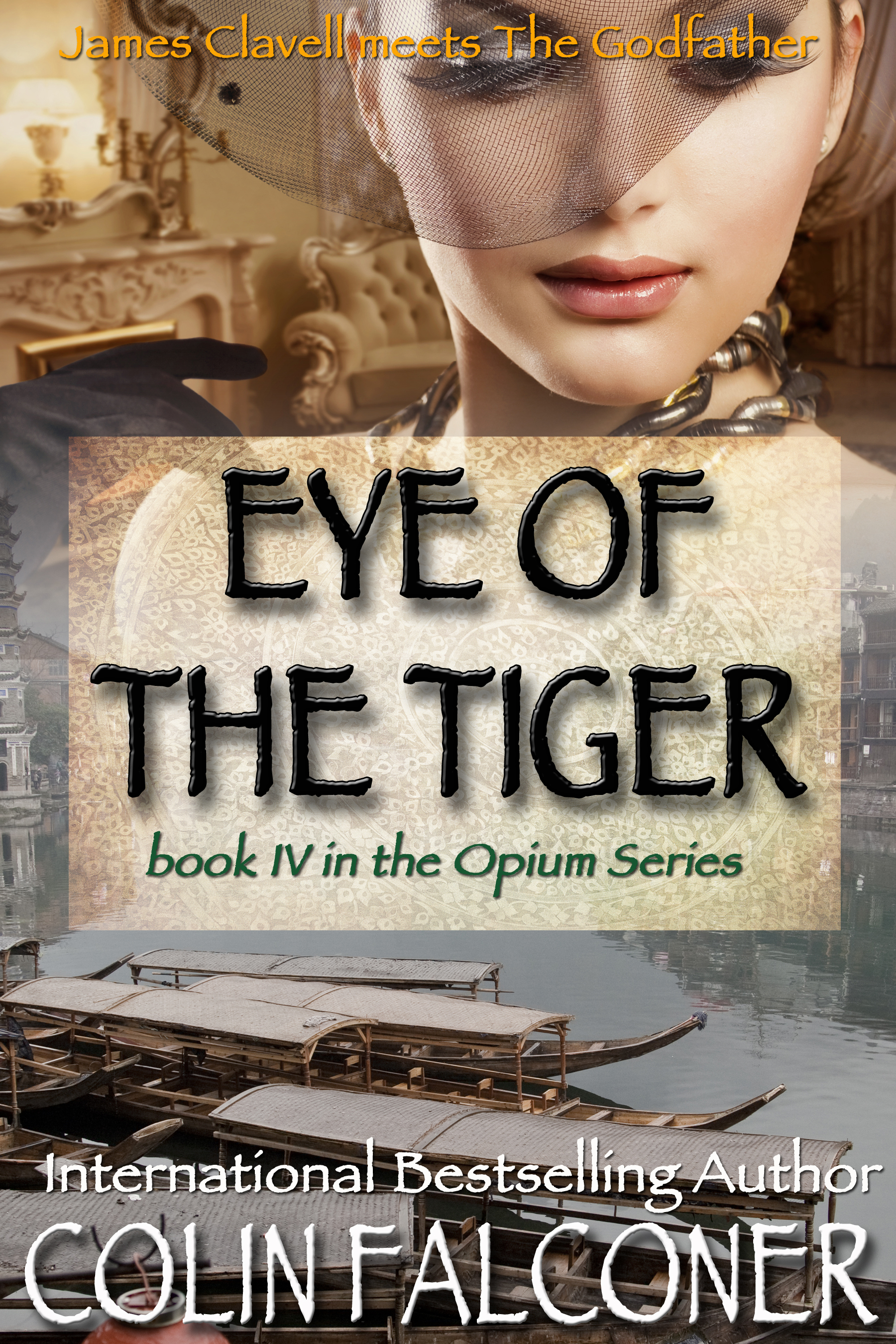
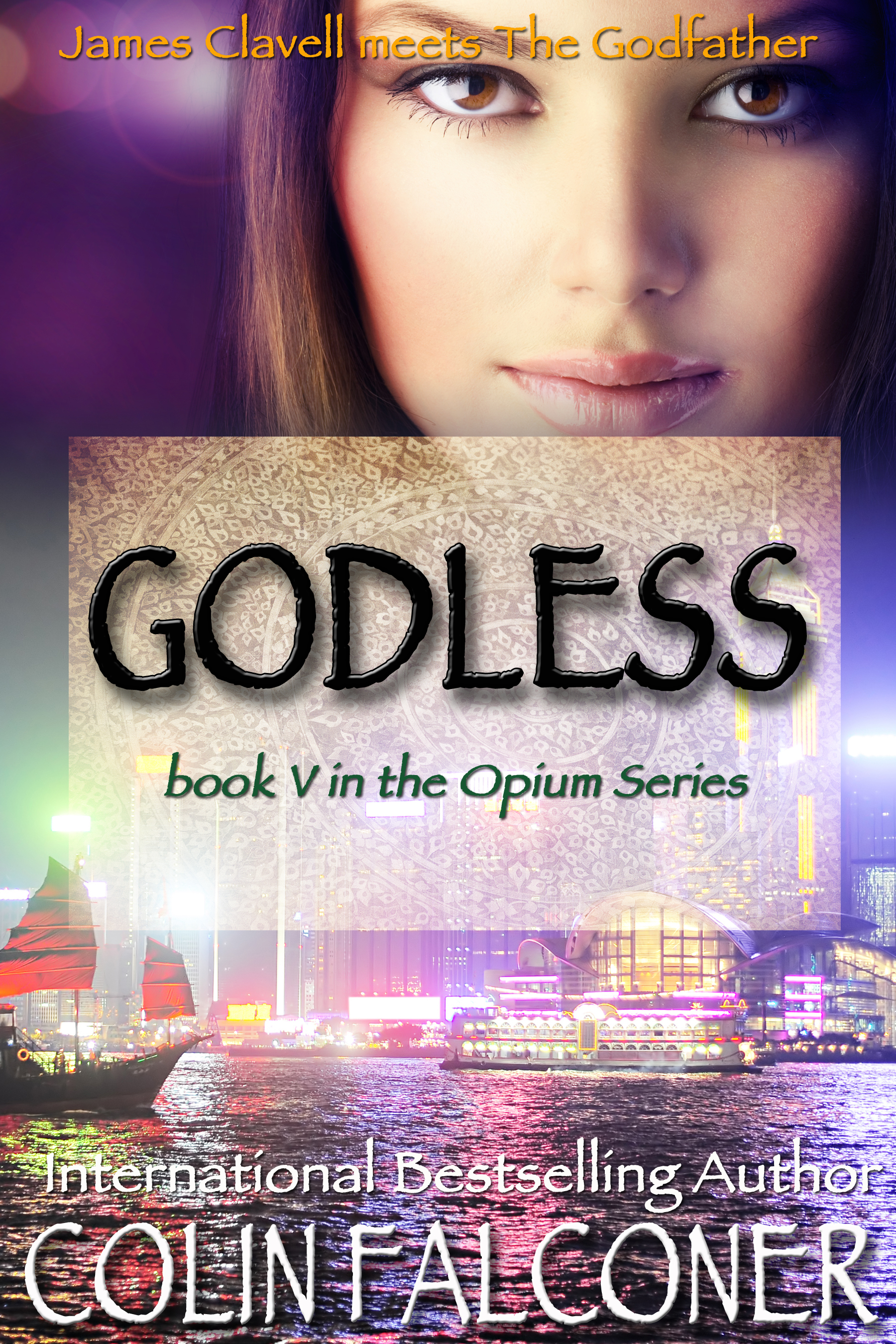


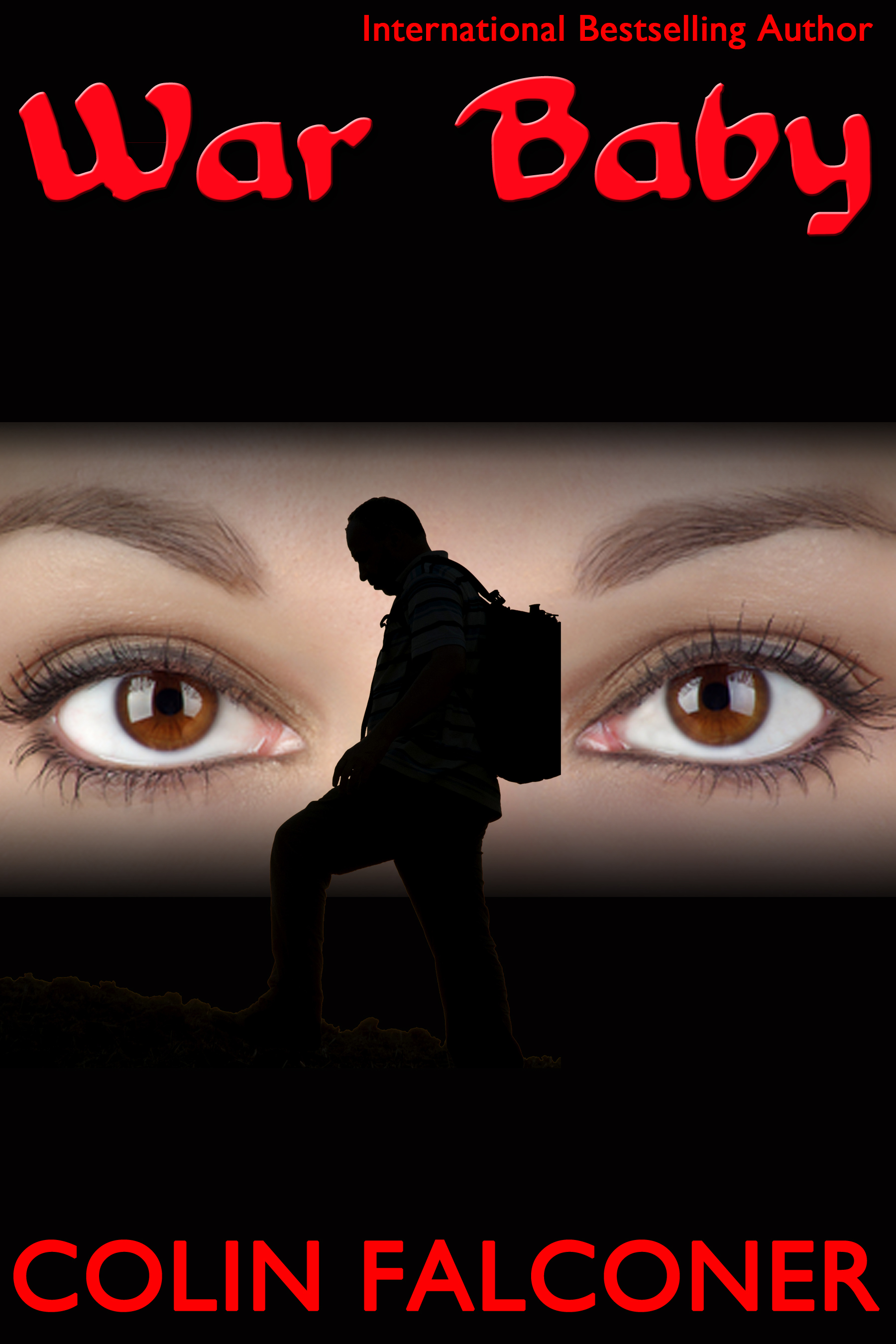

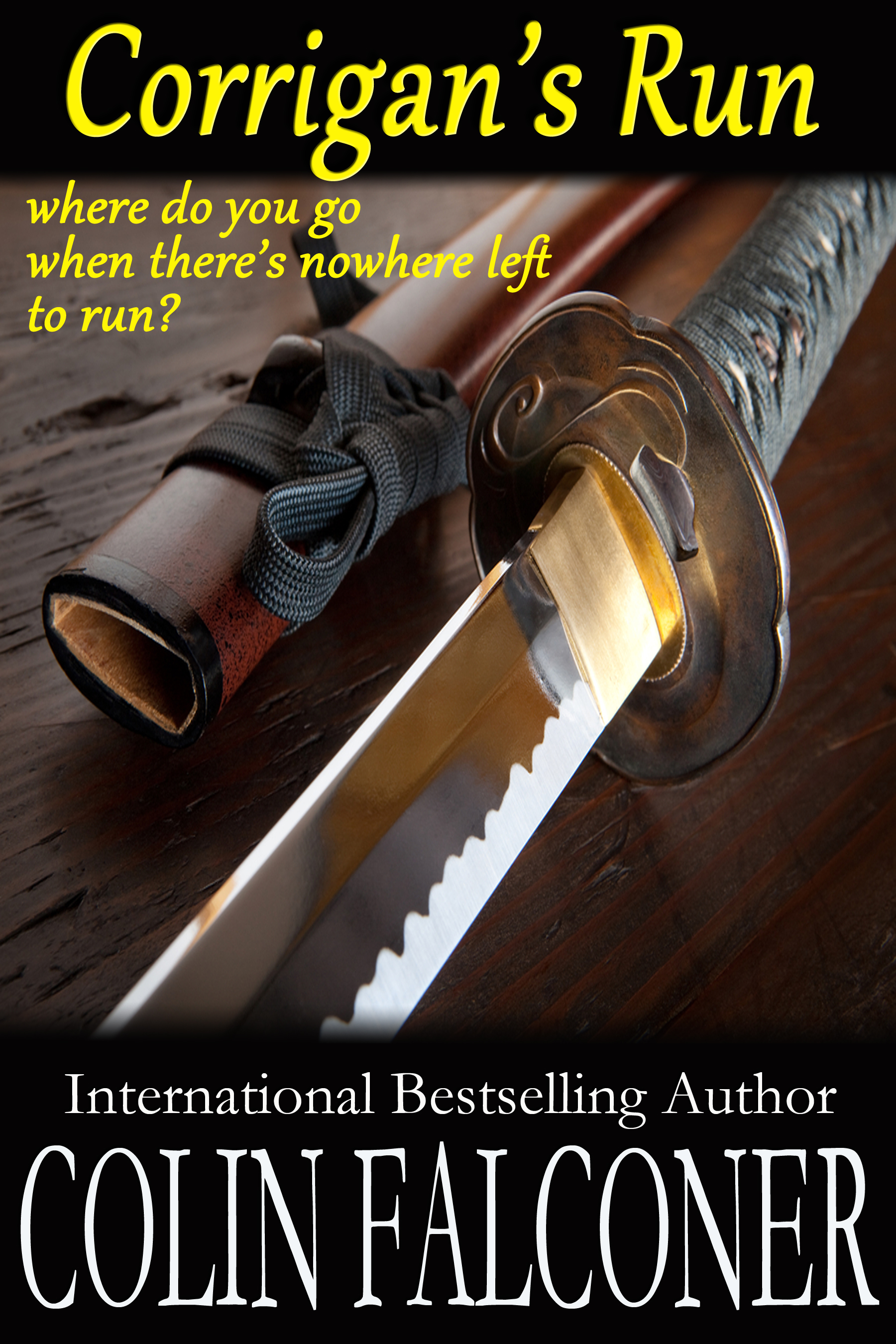
History is tough teacher. It’s much easier to ignore it.
It’s a messy history. The Bible says Jerusalem was originally Jebus and David took it from the Jebusites, but there are arguments as to who the Jebusites were and whether, in fact, they may have worshipped the same God as the Jews. And you’re right to say that it is going to be very hard if not impossible to get an agreement on this, no matter what happens on other matters. It’s where Abraham went to sacrifice Isaac, where Mohammed went to heaven, where Jesus died and was resurrected. It’s holy to all three religions.
They may call it “The Holy Land”, but its history shows the place to be cursed. Sad really!
Awesome post as usual, Colin. Keep ‘em coming!
Indeed, Jerusalem is a convenient cockpit of conflict that is but one part of the larger stage of the geopolitical “great game.” Hence, we have Henry Kissinger’s mutually assured destruction in the mold of Halford MacKinder and Karl Haushofer. For these are the ambassadors of an execrable theory of “perpetual warfare” as the norm in human affairs.
history just keeps repeating itself over and over. wish we’d learn.
I do too, Louise. I still maintain history is not taught to us in a relevant way. The only way we’ll learn is when we stop seeing history as ‘the past’ instead of the ‘the predictable future.’
Enough nationalism already. Let all the people who have a stake in this real estate come together to declare it a war free zone with everyone’s right to worship, visit, trade and live. Enough bloodshed has fallen. They lived together once, it’s time they learn to live together and be neighbors giving each other equal rights and privileges.